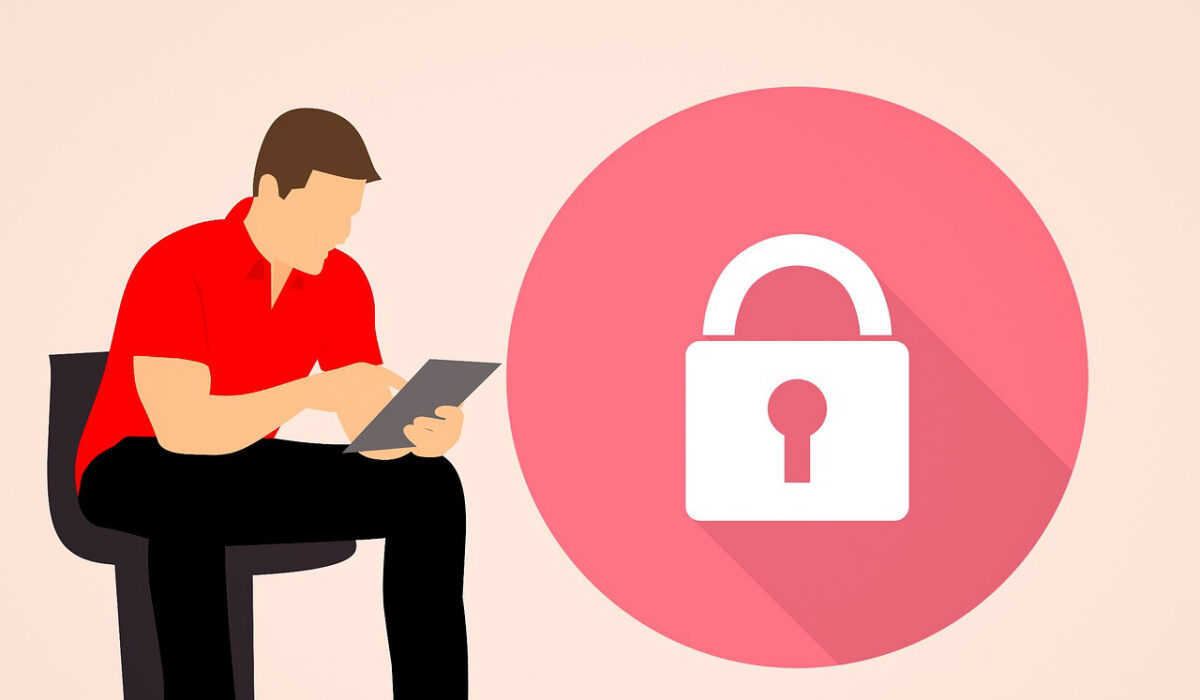Now, you probably already know some basic measures to protect your privacy. However, there’s always more to learn, and one can never be too careful. This is why we created this guide: to help you take advantage of other useful tips for protecting your digital privacy. Delete any Unused Apps It’s highly doubtful that you use every single program that you have installed on your Android device. Uninstalling unneeded apps from your device can significantly increase security as well as help you free up storage space. This is because unused apps might continue to function in the background, gather, and then share your private data. Fortunately, getting rid of these supposed zombie programs is rather simple. You’ll need to access My applications and games, so just go to the Google Play Store, and hit Menu, there you’ll find your apps. At this point, you can choose and delete any apps you like from your Android device. Restrict Sensitive Alerts on your Lockscreen Android is configured by default to display all of your alerts on your lock screen, which means if your device is stolen or lost, unauthorized parties may view private messages or two-factor codes without needing to know your device’s PIN or passcode. Fortunately, you have the option to limit the amount of information that appears on your lock screen. Simply go to Privacy and security in Settings, then select Notifications on lock screen. You’ll see two options for this setting: “Show sensitive content only when unlocked” — this option will filter your notifications and only reveal those deemed to be “not sensitive.” The other option is “Don’t show notifications at all.” By default, this setting will be on “Show all sensitive content,” but you can change it at this point to a more private setting that either filters the alerts or don’t show any on your lock screen at all. Check the App Permissions on your Android Device After getting rid of unneeded apps, it’s also a good idea to check the privacy settings of the apps you use frequently to make sure they have access to only the information they need. Go to Settings > Privacy and Security, then Permissions Manager to accomplish this. You can limit each app’s access to specific types of data, like contacts or location data, by visiting this page. More recent versions of Android will also allow you to restrict location data’s accuracy so that you can still see results for locations close to you without disclosing your exact position. Increase Privacy while Browsing On Android devices, Google Chrome is the default browser, and Safe Browsing Mode is activated by default. Note, however, that a feature called “Enhanced Safe Browsing” significantly improves your defense against malicious websites and risky downloads, but it comes at the cost of gathering more information about your browsing habits. Now, some users may find this unsettling, especially given that Google already has a lot of our information. If you decide to use the “Enhanced Safe Browsing” feature, you’ll be able to do so by clicking the three dots in the top right corner of Chrome, then selecting Settings > Privacy and security and Safe Browsing. You can enable enhanced browsing from here. Another option you have is to use a different web browser entirely. From Firefox to Brave, there are several privacy-focused browsers offered in the Google Play store that offer greater security than Google’s default browser. You can also change your search engines to use the anonymous browsing tool Tor mobile browser and the well-known privacy-friendly search engine DuckDuckGo, which doesn’t track search requests. Switch off Ad Personalization One thing you should note is that you’ll typically be followed by ads all across the internet. If websites aren’t following you, it might be the apps themselves. Opting out of ad personalization, which uses information gathered from your phone to give you adverts that it believes you would be interested in, is one of the best ways to stop this type of targeted tracking. You’ll be able to turn this off by going to Settings, then Google, and finally Ads. Additionally, you should click Reset advertising ID to separate your device from your advertisements profile. Summarily, it’s always a good idea to monitor who has access to your personal information through all the activities you carry out on your Android smartphone. If you didn’t already know how to increase protection for your digital privacy, then you should take note of all the tips and suggestions we’ve provided in this article. Also, make sure you share this article with your friends and loved ones so that they benefit from it as well.
Don’t miss our mobile phone reviews.Follow our news on Google News.Join our WhatsApp Group, to be notified of the most important articles and deals,Follow us on Instagram, Facebook, Twitter, and YouTube.
